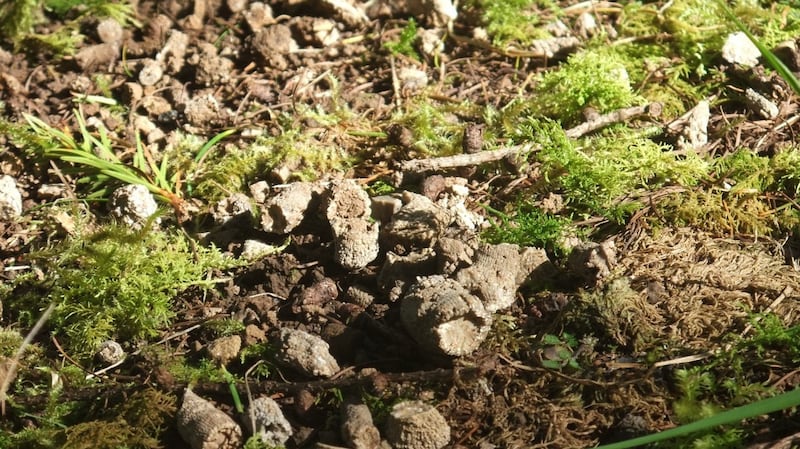Human remains dating back 4,500 years have been discovered by a local historian in Blacklion, Co Cavan after they were unearthed by a badger.
The bones were found near one of the many ancient burial sites located at the Cavan Burren Park by historian Séamus Ó hUltacháin, as well as archaeologists Sam Moore from IT Sligo, Vicki Cummings of the University of Central Lancaster and Colin Richards of the University of Manchester.
They came across a fresh dig by a badger near a collapsed tomb, along with 14 small pieces of cremated human bone and charcoal flecks in the soil.

“Our badger just threw out the bones,” said Mr Ó hUltacháin. “They were no bigger than my nail, just scraps of bone. It is the oldest discovery in this region, a wonderful discovery.”
At 124 hectares, Cavan Burren Park is regarded as one of the finest integrated prehistoric landscapes in Ireland, featuring historical monuments, megalithic tombs, hut sites, prehistoric rock art and echoes of a dead sea dating back 350 million years ago.
Buried a foot deep
The bones were found outside one of the collapsed ancient tombs in the park, which is now covered in vegetation and moss. They were buried about a foot deep from the level of the soil.
Removing archaeological material is prohibited by law. However, as they were under threat of disappearing, the bones were rescued and the National Museum was immediately informed.
Following analysis, one of the larger bones, part of a femur, was sent to Queen's University in Belfast for carbon dating. It has now been discovered to date to circa 2438-2200 BC.












